Engine Balancing- Internal (neutral) vs. External (stock)
Assembly balancing is a very popular question. Balancing the crank is a method of weighing each part of an assembly and drilling the crank to remove or add weight so that assembly spins in a true rotation. This true rotation or balance makes the crank spin without any additional centrifugal forces that would cause vibrations and lead to bearing wear and possibly catastrophic engine failure.
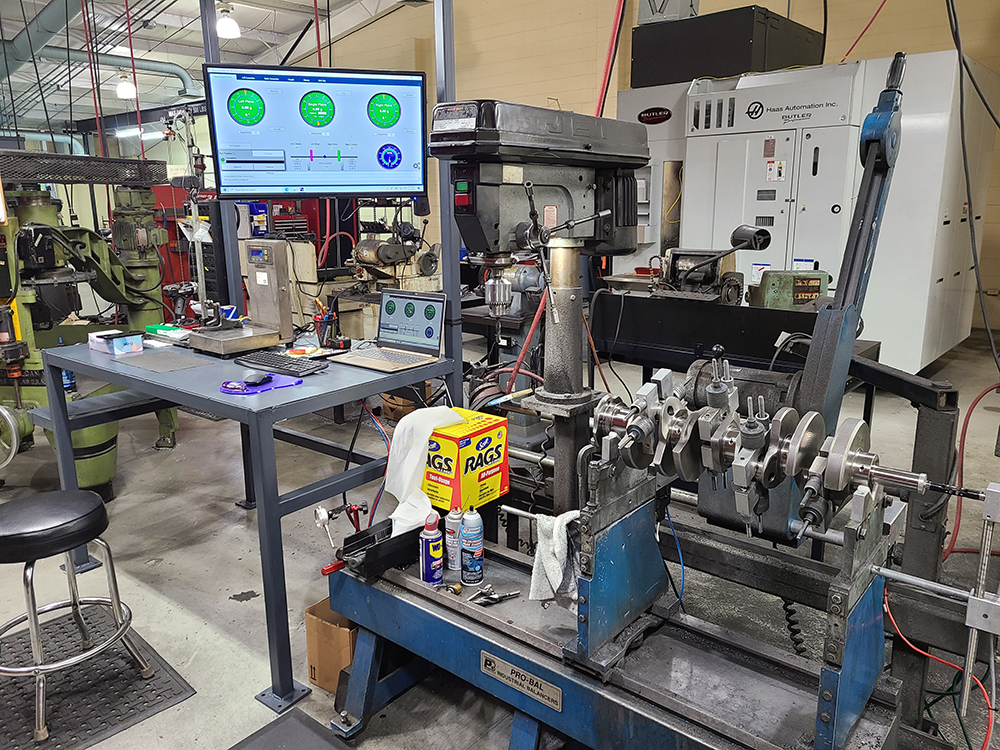
Pontiac traditionally did a semi-internal balancing on the crank. The crank was not zero balanced but had to use the balancer and flexplate (auto trans) or flywheel (manual trans) with offset weighting to finish the assembly balance.
We no longer balance using this method. The cranks in our assemblies are zero balanced. This is also called neutral or internally balanced. This is based on bob weights of the parts used (rods, pistons, bearings, and rings. This method gives the most true balance and ensures the crank will spin true based on the exact weights of the assembly free of any external forces that could cause vibrations.
Most aftermarket cranks are factory weighted for use with aftermarket rods. These rods are much lighter than factory rods. This can cause a problem during the balancing process. The crank would need to have weight added to make the balance. This process means the crank is drilled for a heavy weight that is welded in place. This process can make the cost rise as heavy metal and labor would need to be added to the balancing costs. In many cases the cost is not far from that of a new set of rods. So upgrading the 50 year old rods is not much more money in the long run in most cases.
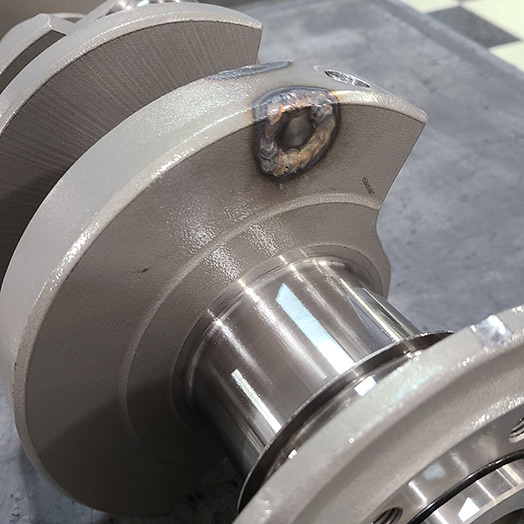
So which balance do I have?
That is not always easy to tell. If it is a factory original engine and has never been rebuilt it is externally factory balanced. If it has been rebuild you would need to ask your builder what balance method was used.
What if I don't know the history of the engine?
The best way to tell is by looking at your existing flexplate or flywheel. You can use the images below to identify if there is an additional weight added or material removed such as holes or cavities in a section of the part making it offset balanced.
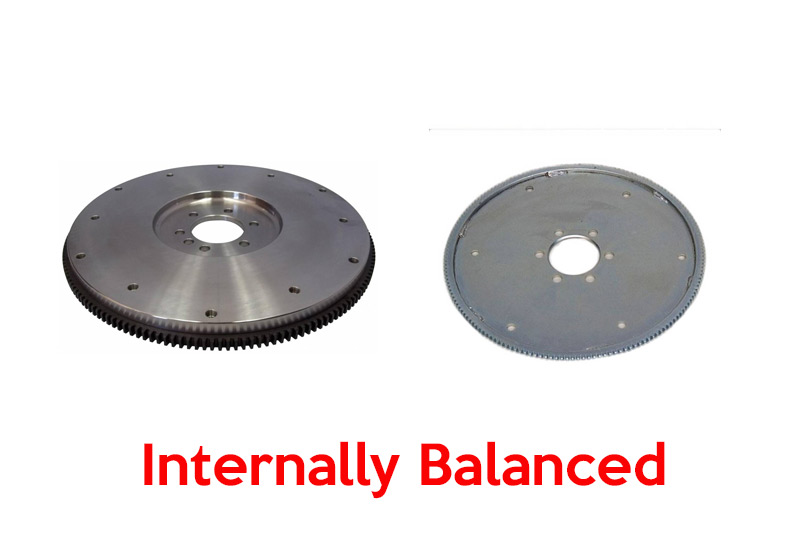
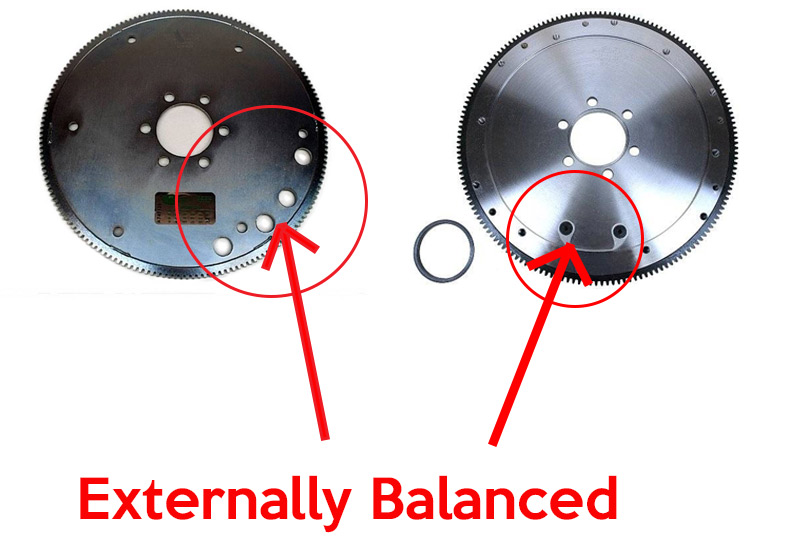
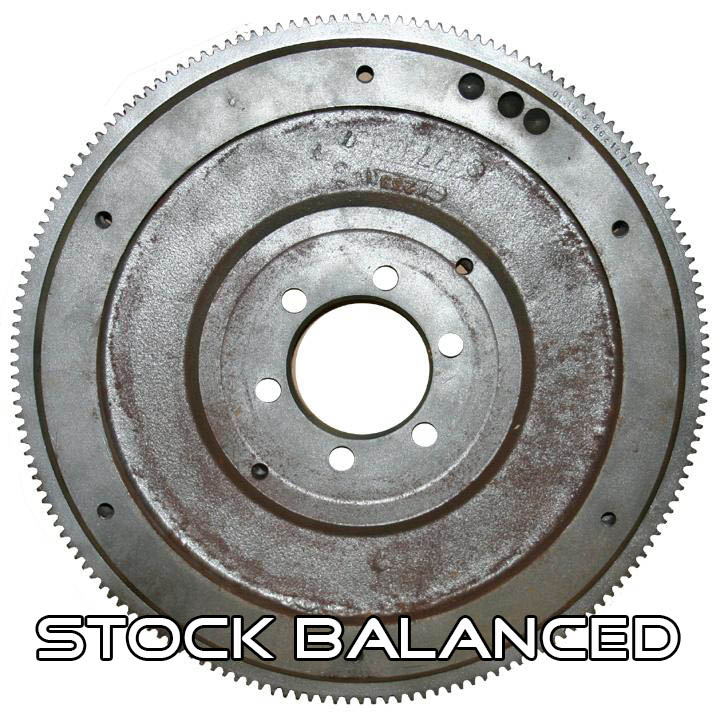
Stock balanced is also called externally balanced. This mean it took an offset part on the outside/external to finish the balance. Butler balances the crankshafts without the need to finish the balance externally. This is called neutral or internally balanced.

You must login to post comments.